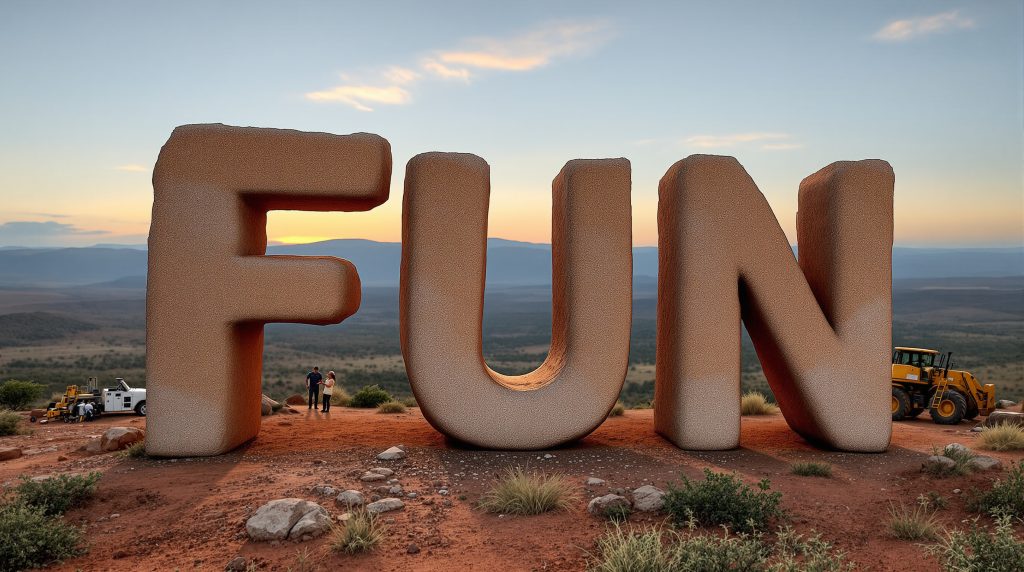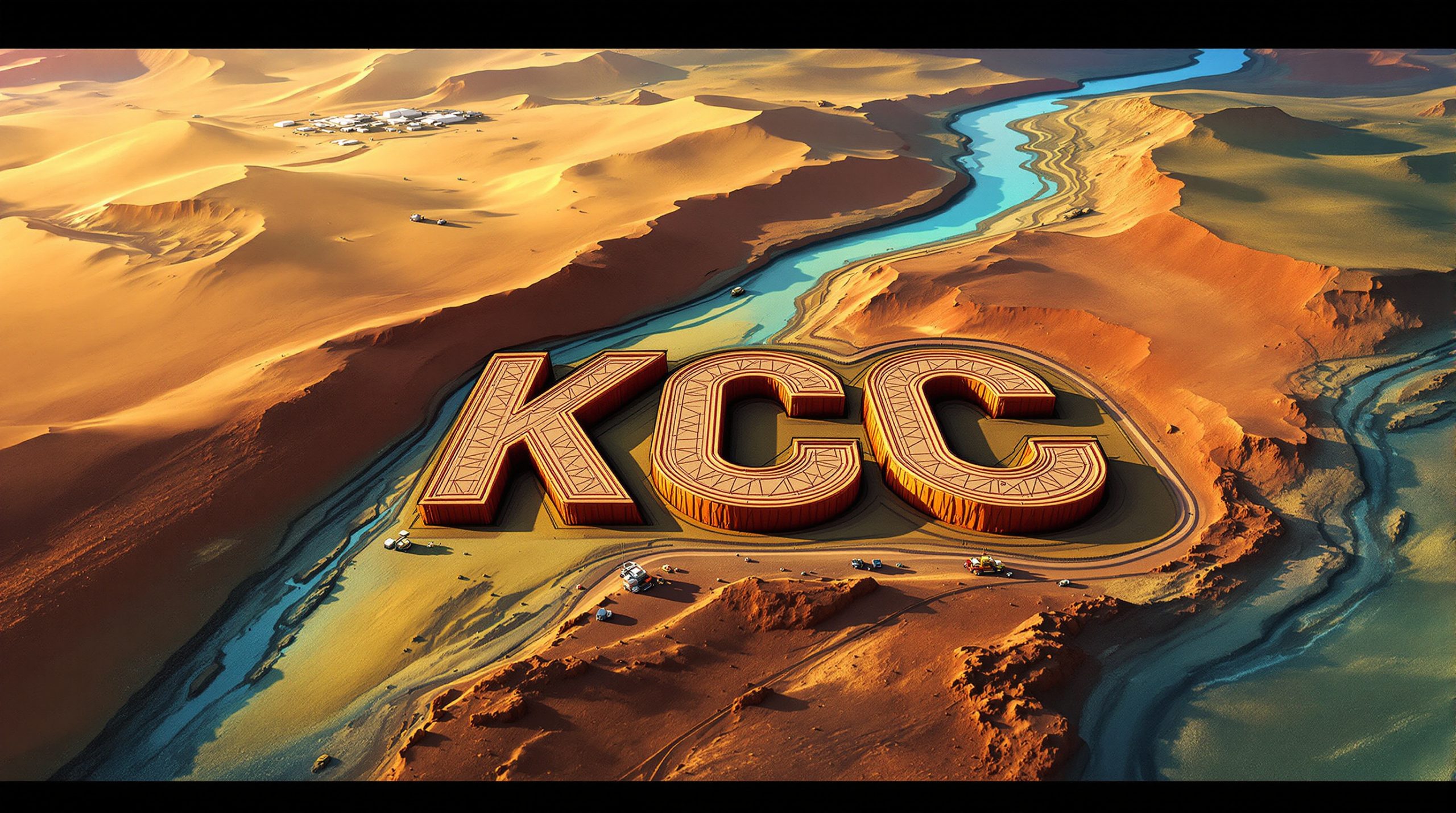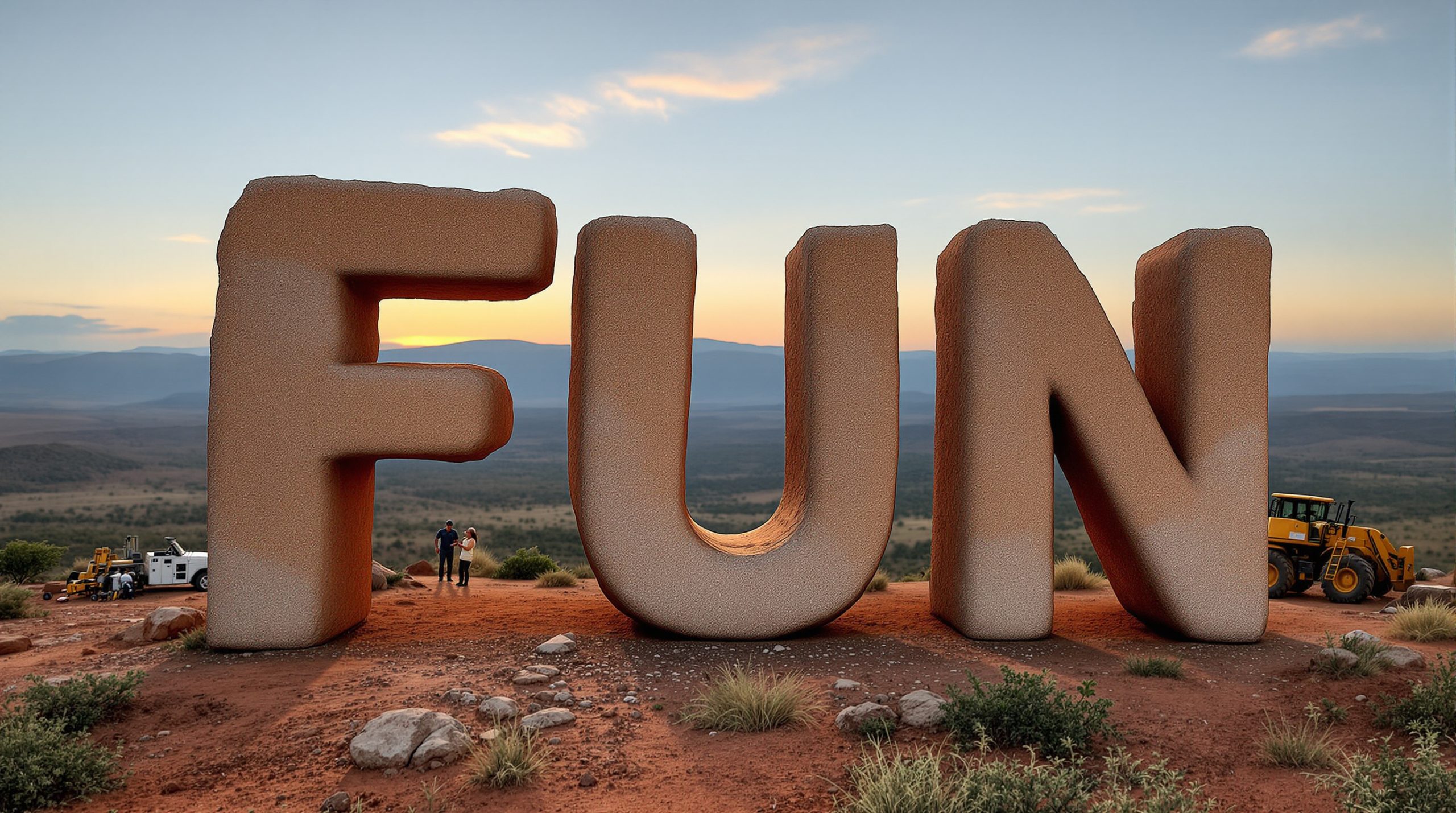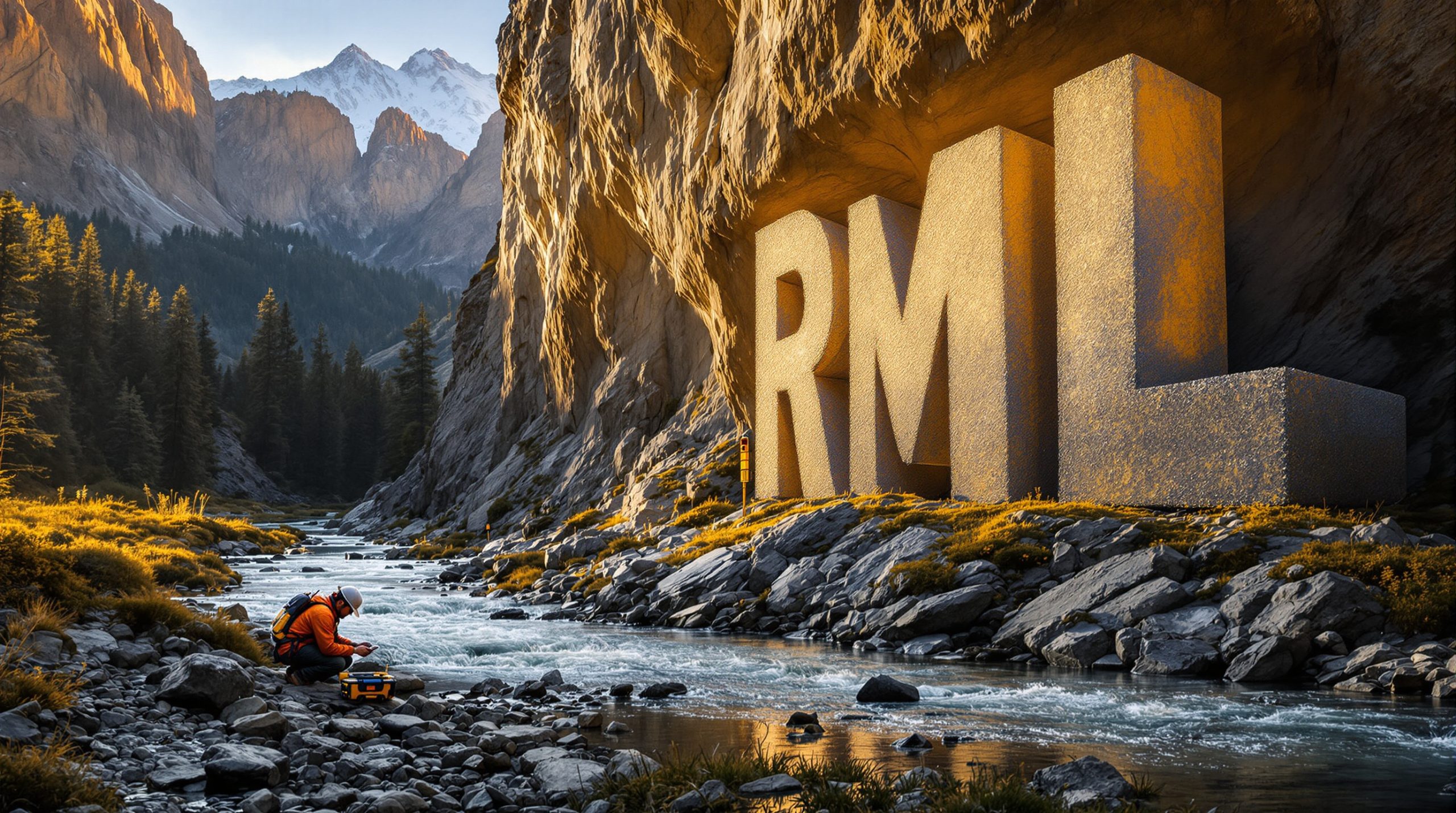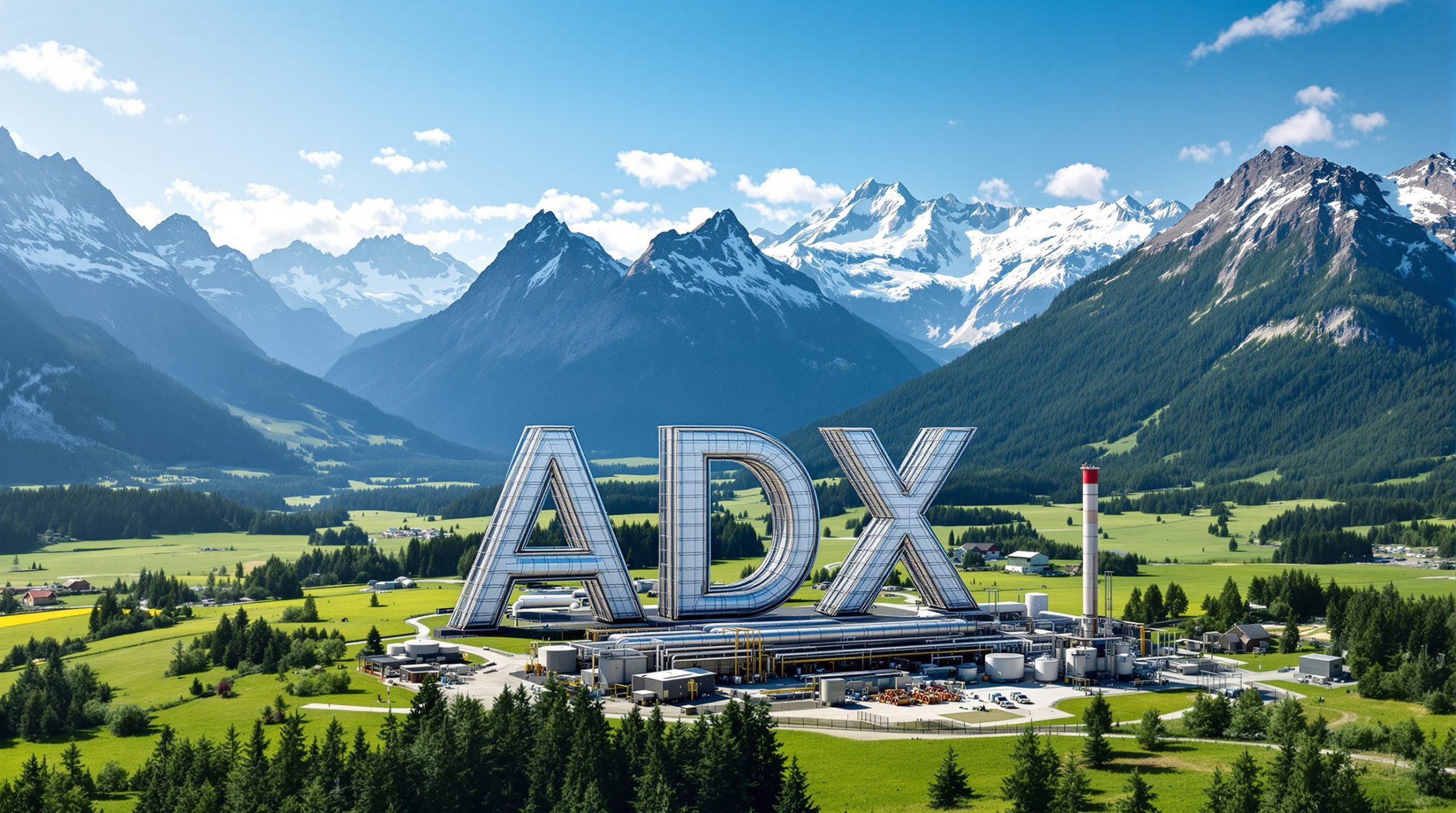Fortuna Metals Uncovers Promising Rutile Potential in Malawian Exploration
Fortuna Metals Limited (ASX: FUN) has successfully completed initial soil sampling at its Mkanda and Kampini Projects in Malawi's emerging rutile province, with early field observations indicating promising mineralization potential.
First Phase of Exploration Reveals Visual Rutile in Soil Samples
Fortuna Metals has hit the ground running with its exploration program in Malawi, Africa, completing 358 soil samples across 224 sample points as part of its Phase 1 exploration work. In an encouraging development, the company has visually identified rutile in a panned alluvial soil sample at the Mkanda Rutile Project.
The sample, collected from surface soil, showed an estimated in-situ rutile grade range of 0.75% – 1.5% based on field observations. While the company cautions that laboratory analysis is needed to confirm exact grades, this early visual identification suggests the project area may host significant rutile mineralization similar to nearby world-class deposits.
CEO Tom Langley expressed enthusiasm about the progress: "It has been a great achievement by the in-country team to be completing our phase one works as quickly and efficiently as we have done. The opportunity of making a major rutile and graphite discovery in the emerging Malawi rutile province is considerable."
Strategic Location Along Strike from World-Class Deposit
What makes these results particularly significant is the projects' strategic location directly along strike from Sovereign Metals Limited's tier-one Kasiya rutile and flake graphite deposit, which boasts a resource of 1.8 billion tonnes at 1% Rutile & 1.4% Graphite – making it the world's largest rutile resource and second-largest flake graphite resource.
The Mkanda and Kampini Projects cover a substantial 658km² of land containing the same geological formation (Lilongwe Plain weathered gneiss) that hosts Kasiya's world-class mineralization. This geological continuity significantly enhances the prospectivity of Fortuna's ground.
Hand Auger Drilling Program Advancing Quickly
In addition to completed soil sampling, Fortuna has made substantial progress with its hand auger drilling program, having completed approximately half of the planned 64 holes. The company expects to finish this initial drilling phase by the end of the month, with samples being dispatched to laboratories in South Africa.
First assay results are anticipated in November, with regular results expected through January 2026. These results will guide the company's Phase 2 exploration program, which is expected to be significantly expanded based on positive Phase 1 outcomes.
Understanding Rutile Deposits in Malawi
Rutile, a primary source of titanium dioxide, is formed in Malawi through a unique geological process. The high-grade rutile deposits in this region are best described as "residual placer" or "eluvial heavy mineral" deposits.
Unlike traditional placer deposits formed by high-energy transport of minerals, these deposits were created through in-place concentration of heavy minerals. Tropical weathering during the Tertiary period depleted physically and chemically mobile minerals in the top 5-10 meters of soil, causing significant volume loss and concentrating heavy minerals like rutile.
This geological process has created ideal conditions for large-scale, high-grade rutile deposits throughout the region, giving Fortuna's projects considerable exploration potential.
"The opportunity of making a major rutile and graphite discovery in the emerging Malawi rutile province is considerable given the continuation of prospective geology extending south from the world's largest rutile and second largest flake graphite resource held by Sovereign Metals at their Kasiya deposit." – Tom Langley, CEO
Two-Phase Exploration Strategy
Fortuna has outlined a clear exploration strategy for the next 12 months:
- Phase 1 (Current): Soil sampling and hand auger drilling of known target areas
- Phase 2 (Upcoming): Purchase and reprocessing of existing geophysical data from the Malawian government, assessment of past exploration reports, and designing of larger-scale hand auger drilling based on Phase 1 results
This methodical approach allows the company to refine its targeting before committing to more extensive and expensive exploration programs.
Infrastructure Advantages
The project area benefits from existing infrastructure, including graded road access and transmission lines, which would significantly reduce development costs should economically viable deposits be discovered. The area's typical land use consists of maize crop fields, suggesting minimal environmental complications for potential future development.
What is Rutile and Why is it Important?
Rutile is a mineral composed primarily of titanium dioxide (TiO₂). It is one of the most important sources of titanium globally and is highly valued for its high titanium content (typically around 95% TiO₂).
The primary uses of rutile include:
-
Titanium Metal Production: Rutile is a key raw material for producing titanium metal, which is essential in aerospace, medical implants, and other high-performance applications due to its exceptional strength-to-weight ratio and corrosion resistance.
-
Pigment Manufacturing: Approximately 90% of titanium dioxide produced globally is used as a pigment in paints, plastics, paper, and cosmetics. TiO₂ provides brightness, opacity, and UV protection properties.
-
Welding Rod Coatings: Rutile is used in the manufacture of welding rod coatings due to its high melting point and electrical conductivity.
-
Ceramics and Electronics: Rutile finds applications in high-end ceramics and electronic components due to its unique properties.
The global rutile market is experiencing growing demand due to increased consumption in pigment manufacturing and titanium metal production. High-grade natural rutile, such as that potentially found in Malawi, commands premium prices in the market due to the lower processing costs associated with its high TiO₂ content.
Why Investors Should Track Fortuna Metals
Fortuna Metals finds promising rutile deposits in Malawi, representing a compelling opportunity for investors interested in exposure to critical minerals essential for the clean energy transition. Rutile and graphite are both vital materials for multiple high-growth industries.
The company's strategic land position in a proven mineral province, directly adjacent to a world-class deposit, significantly de-risks the exploration proposition. With a clear, cost-effective exploration strategy and early visual confirmation of target minerals, Fortuna is well-positioned to potentially define a significant resource base over the coming year.
The first laboratory results expected in November 2025 will be a key milestone for investors to watch, potentially confirming the grades and extent of rutile mineralization across the project areas. If positive, these results could trigger an expanded exploration program in 2026 that may rapidly advance the projects toward resource definition.
For investors seeking exposure to critical minerals exploration with a promising geological setting and early positive indicators, Fortuna Metals offers an emerging opportunity worth following closely in the months ahead.
Want to Capitalise on Malawi's Emerging Rutile Potential?
Discover how Fortuna Metals is strategically positioned along strike from a world-class deposit in one of Africa's most promising rutile provinces. With initial exploration showing encouraging visual rutile mineralisation and a methodical two-phase exploration strategy underway, now is the time to learn more about this compelling investment opportunity. Visit Fortuna Metals' website to explore their full portfolio and stay updated on upcoming assay results expected in November.
